I have been thinking a lot about memory and reconciliation lately. It’s nothing new, since Red Clay, Blood River is an exercise in memory that leads to new forms of reconciliation. Many other people have labored hard to show the many ways that reconciliation cannot occur without lively memory. We need to remember the past events that traumatized us “rightly” and we must seek a common memory if we are to covenant ourselves to live together differently in the future. I am reminded here especially of the work of Fr. Michael Lapsley and the Institute for the Healing of Memories (South Africa), where active re-surfacing of painful memories leads people into a new self-acceptance that can empower them to seek wider circles of reconciliation.
Some memory is driven by pain, fear, and anger. We have memories that we seek to flee, avenge, or obliterate. Memories of slavery, holocaust, genocide, and earthquake come to mind. Other memories are driven by love – memories of joyous events in our personal and collective past, Edens of new beginnings, of children, spouse, and friend. Here we seek to make them permanent states of our present being, living memories that energize us to love, compassion, embrace, and hope.
In both cases, we are led to reconstruct the past so that we can reconcile ourselves with it, integrate it into our lives, even create fantasies of might-have-beens that are more dominant truths than the actual happenings of the past. We create myths more powerful that history. Myths can be very destructive, especially if they are driven by pain and fear. They can also be very positive when they are driven by love that can expand our lives and open them up to compassion for others. I think this is the more hopeful path to memories that lead to reconciliation rather than mere survival – in the words of an old hymn, a “stony road” indeed, but one worth traveling.

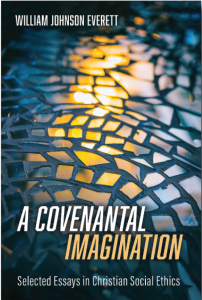
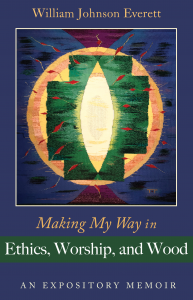
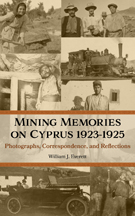
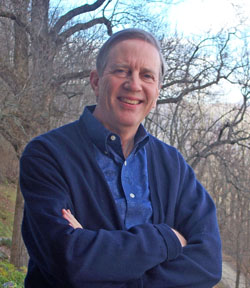
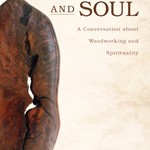
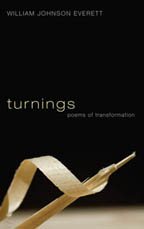
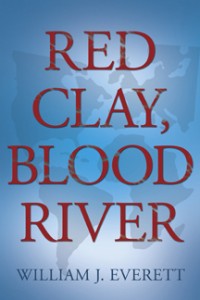 Red Clay, Blood River
Red Clay, Blood River